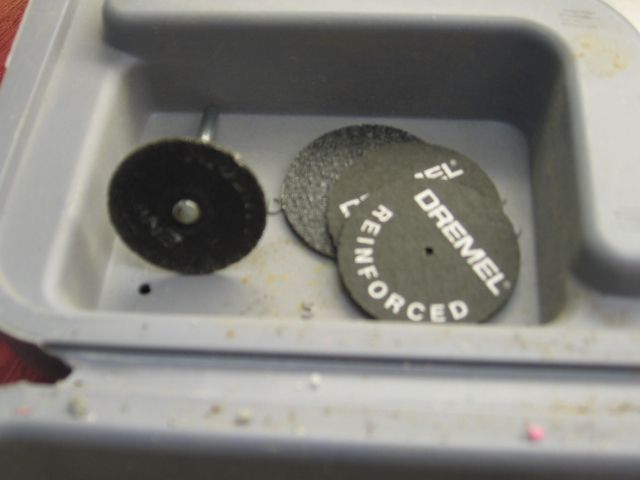To solder wires to blackened center rails - I've been using fine-grit sand paper, then flux, and rosin core solder. I understand there is acid in flux and rosin core solder which explains why some, but not all, the connections rust.
What are you using for solder (rosin core or silver), and for flux to solder wires to Ross and Gargraves track?
And, where are you guys buying the large cut-off disks for your Dremel tools? Its been so many years I can't remember where I bought them.





